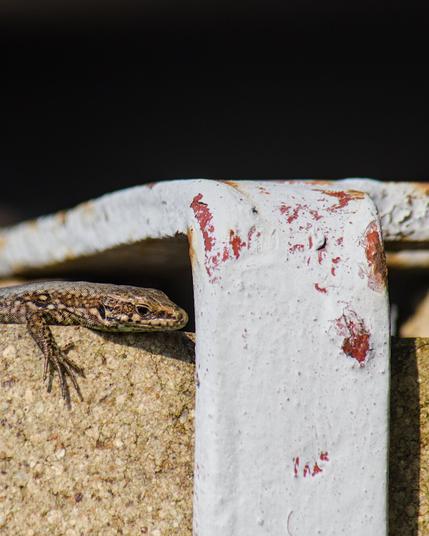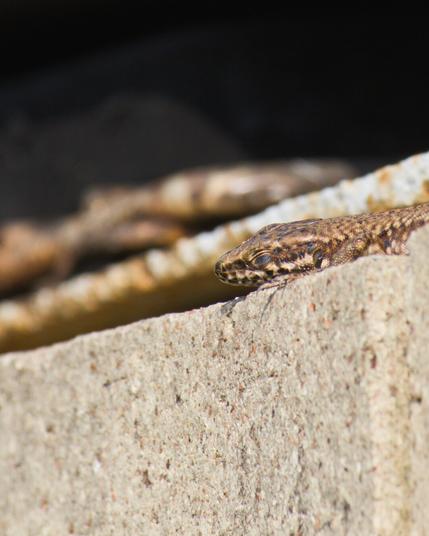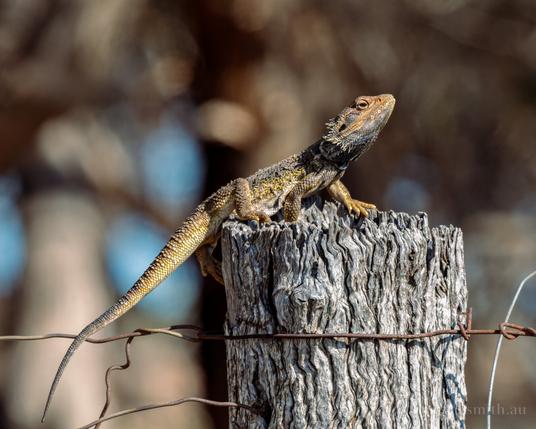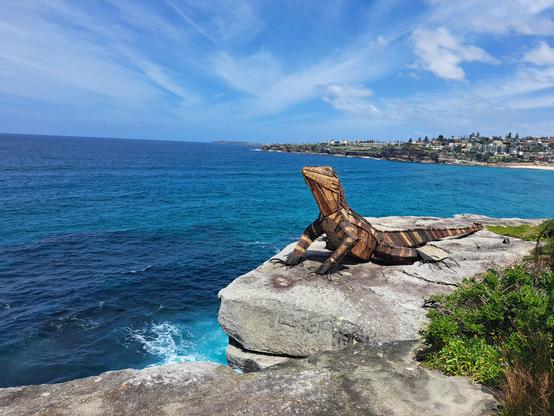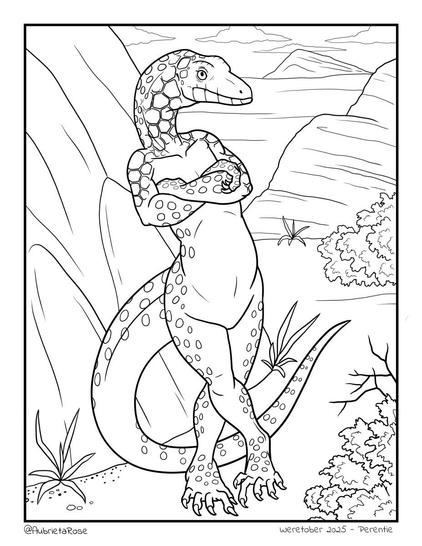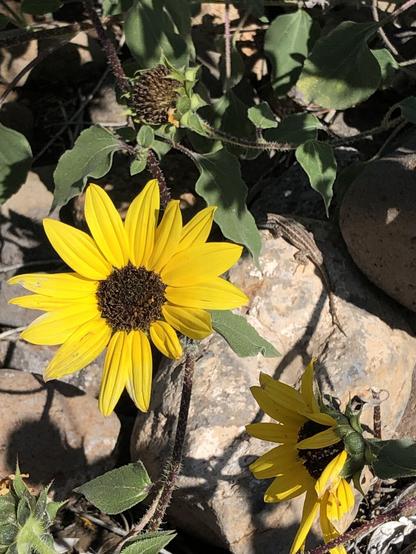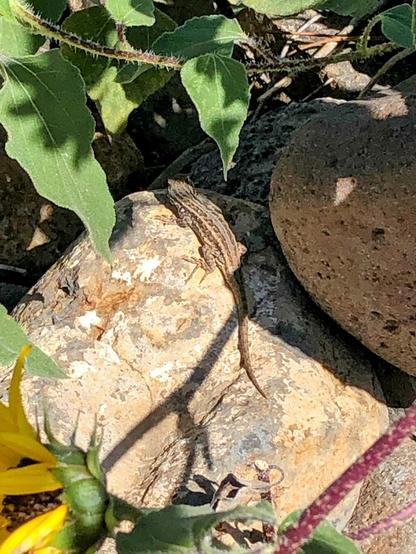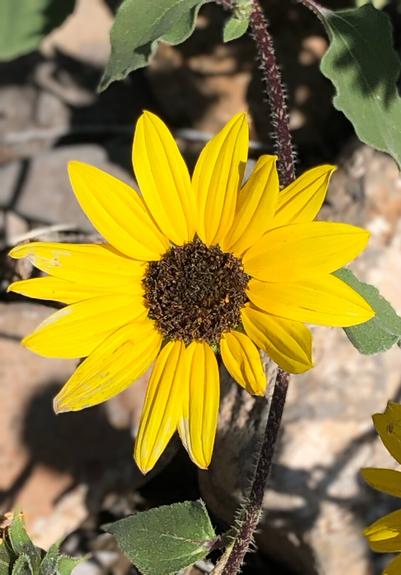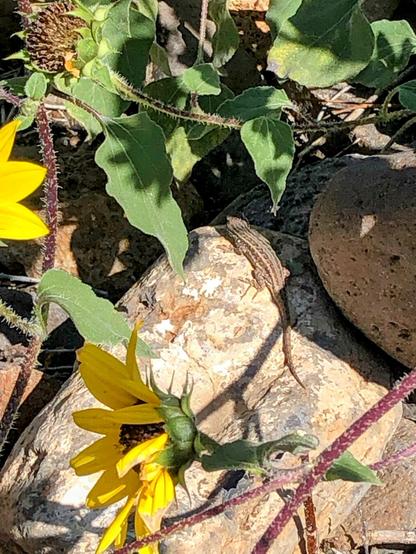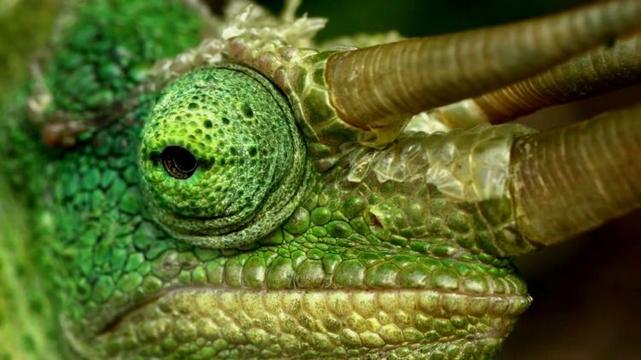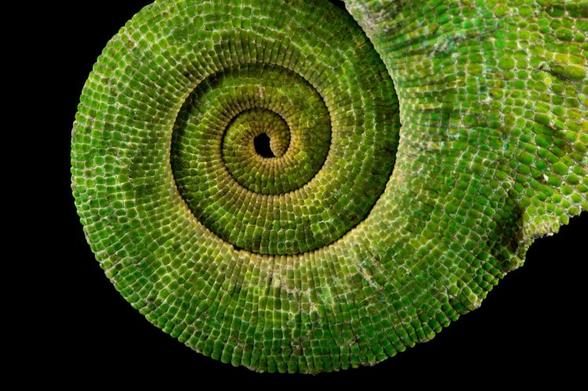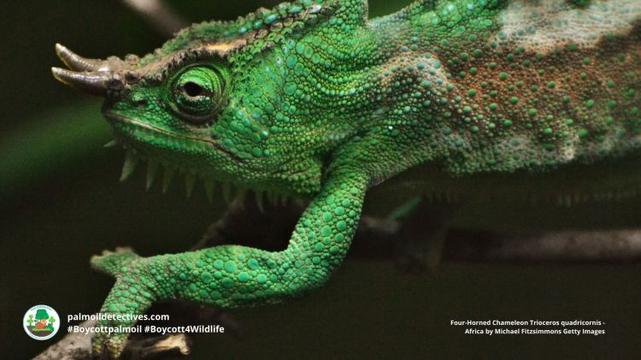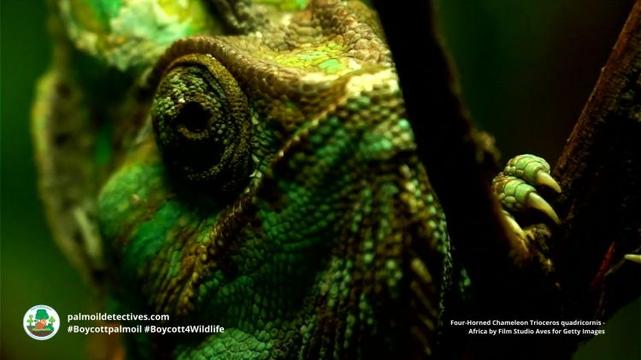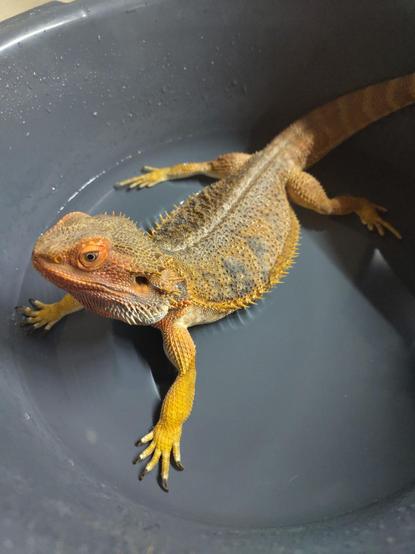Common wall lizard (Podarcis muralis)
#photography #naturephotography #animals #reptiles #lizard
I stopped the car to take this photo out the window. As soon as I opened the door to try to get closer it scurried away, never to be seen again.
#nature #lizard #reptile #beardeddragon #easternbeardeddragon #auswildlife #reptilesofaustralia #reptilesofthefediverse
She won't bother you if you don't bother her!
Today's #Weretober is a perentie monitor. And just a reminder, I chatter way more about each drawing on Patreon, if you'd like to learn more about these critters!
https://www.patreon.com/posts/141456931
#Weretober2025 #lizard #monitor #Australian #perentie #perentieLizard #monitorLizard #anthroArt #furryArt #scalie #scalieArt
#bloomscrolling #lizard🦎
#wildflowers🌻 #photography
#PhonePhotography #Sol☀️
Four-horned Chameleon Trioceros quadricornis
Four-horned Chameleon Trioceros quadricornis
Location: Cameroon and Nigeria
IUCN Red List Status: Vulnerable
This montane species is confined to the Cameroon Highlands and southeastern Nigeria, with populations fragmented across high-altitude forests including Mount Manengouba, the Bamenda Highlands, and the Obudu Plateau.
The Four-Horned Chameleon Trioceros quadricornis, native to Cameroon’s rainforests, is an extraordinary reptile known for their distinct three facial horns and their legendary ability to blend into their environment. This #Chameleon Trioceros quadricornis is now listed as #Vulnerable due to their small and fragmented range, estimated at just 13,300 km², with an area of occupancy closer to 1,000 km². Endemic to the #Cameroon mountain chain and neighbouring #Nigeria, this remarkable chameleon is under immense pressure from habitat loss, along with the illegal pet trade. Their habitat faces imminent destruction due to palm oil, mining and cocoa deforestation. Protect this unique species by avoiding products linked to rainforest destruction. 🌴🐾Take action, every time you shop #BoycottPalmOil #Boycott4Wildlife 🌴🔥⛔️
Help the Four-horned #Chameleon 🦎🦎🦎 of #Cameroon 🇨🇲 and #Nigeria 🇳🇬. These beautiful #lizards are #vulnerable due to #deforestation 🔥🔥🔥 for #palmoil #cocoa and #mining. Help them to survive when you #BoycottPalmOil #Boycott4Wildlife https://wp.me/pcFhgU-1iH
Share to BlueSky Share to TwitterFour-horned #Chameleons 🦎🦎🦎 of #Cameroon 🇨🇲 #Nigeria 🇳🇬 are nature’s camouflage experts. These stunning #lizards are #vulnerable due to #deforestation 🔥🔥🔥 for #palmoil #cocoa and #mining. Help them to survive! #BoycottPalmOil #Boycott4Wildlife https://wp.me/pcFhgU-1iH
Share to BlueSky Share to TwitterAppearance and Behaviour
Like something out of a fantasy novel, the Four-horned Chameleon sports a crown of dramatic horns, with males typically displaying two large forward-pointing horns above the eyes and another pair on the snout. Their colour can shift from vibrant emerald green to golden olive or dark brown, helping them blend perfectly with the montane forest foliage where they perch between one and five metres above the ground. Their prehensile tail and independently rotating eyes complete their marvellous camouflage.
Despite their alien-like appearance, they are shy and reclusive reptiles. During surveys, they are typically encountered in low densities—sometimes only one specimen per hour of walking through suitable habitat. Males tend to be more boldly ornamented and slightly larger than females, while subadult and female individuals can sometimes bear small horns. Like other chameleons, they are solitary, coming together only to mate. Each isolated population occupies a highland island of forest surrounded by inhospitable savannah or farmland, limiting their ability to disperse or recolonise lost habitats.
Diet
The Four-horned Chameleon feeds almost exclusively on arthropods, particularly insects like grasshoppers, beetles, and caterpillars. Their feeding style is typical of chameleons—relying on their lightning-fast projectile tongues to snatch prey mid-air. These ambush predators wait motionless for their target to come within range, blending into their environment with their cryptic colouration.
Reproduction and Mating
There is still limited scientific data on the breeding habits of this species, but like other chameleons, they are likely oviparous, laying eggs in moist soil or protected microhabitats in the forest understorey. Females give birth to between 10–35 live young, although the success of each reproductive event is highly dependent on habitat conditions and the absence of disturbance. With severely fragmented populations, genetic exchange is limited, and the future of these chameleons hinges on each isolated subpopulation surviving long enough to reproduce.
Geographic Range
This species is confined to the montane forests of the Cameroon Highlands, extending into southeastern Nigeria. Known locations include Mount Kupe, Mount Manengouba, the Bakossi Mountains, Mount Lefo, Mount Oku, the Mbulu Hills, and the Obudu Plateau. Each of the three subspecies—T. q. quadricornis, T. q. gracilior, and T. q. eisentrauti—has an extremely limited range, some occurring only in a single mountain region. These ranges are further constrained by elevation, with populations restricted to between 1,150 and 2,700 metres above sea level.
Threats
Deforestation for cultivation and burning of nearby grasslands to renew pasture for cattle grazing threatens this species in much of their range (Gonwouo et al. 2006).
IUCN red list
Palm oil expansion
The rapid expansion of palm oil plantations in Cameroon is one of the greatest threats to the Four-horned Chameleon. Industrial-scale palm oil projects have been established or proposed in the biodiverse montane regions of western Cameroon, including in areas close to Mount Manengouba and Mount Kupe. These developments often follow the same pattern seen in Southeast Asia—deforestation, land grabbing, and long-term ecosystem collapse. With their habitat already fragmented, any additional clearance for oil palm plantations will likely tip some chameleon populations into extinction.
Illegal pet trade
This chameleon is highly sought after in the international pet trade, despite being fully protected under Cameroonian law. Between 1998 and 2011, over 7,000 individuals were exported from Equatorial Guinea—a country where the species does not even occur—indicating widespread smuggling from Cameroon. Overcollection has been directly linked to severe declines in places like Mount Manengouba, where once-common populations have almost disappeared.
Habitat fragmentation and agriculture
Forest degradation from farming, logging, and cattle grazing continues to push the Four-horned Chameleon into smaller and more isolated pockets of forest. Slash-and-burn agriculture, as well as the deliberate setting of fires to regenerate pasture, now reaches as high as 1,700 metres elevation in some parts of their range. With each forest patch that disappears, the populations become more genetically isolated and more prone to collapse.
Climate change
These chameleons are montane specialists, confined to cool, humid conditions at high elevations. As temperatures rise and climatic zones shift uphill, the chameleons and other reptiles may be forced to climb beyond the tree line—into habitats that no longer exist. Climate change, when combined with habitat fragmentation, creates a trap for species that cannot move fast enough to track shifting conditions.
Take Action!
The Four-horned Chameleon is vanishing before our eyes. To help protect this extraordinary species of reptile:
- Boycott palm oil and reject the greenwashing lie of “sustainable” palm oil.
- Support indigenous-led forest protection in Cameroon and Nigeria.
- Advocate for strong enforcement of anti-poaching laws and an end to the illegal pet trade. #BoycottPalmOil #Boycott4Wildlife #Vegan #BoycottMeat
FAQs
How many Four-horned Chameleons are left in the wild?
There is no definitive population estimate, but data from field surveys suggest that each subspecies now persists in very low densities. In some areas, abundance has declined drastically due to overcollection and habitat loss. On Mount Manengouba, for instance, the population of T. q. quadricornis has “very much dropped” due to overharvesting.
How long do four-horned chameleons live?
Like many chameleons, they are relatively short-lived. Wild individuals likely live 3–5 years, with longevity affected by environmental pressures and predation. In captivity, they can survive slightly longer, though this is rarely ethical or sustainable.
Why are four-horned chameleons disappearing?
The species is vanishing due to rampant deforestation, logging, palm oil plantations, and illegal trade. Habitat fragmentation has left isolated subpopulations unable to recover from even minor shocks. Forests are vanishing up the slopes of Cameroon’s mountains, bringing chameleons into closer contact with farms, fire, and human settlements.
Is palm oil affecting this species?
Yes. Cameroon is rapidly expanding its palm oil industry, including in previously undisturbed montane zones. Industrial plantations are being established near the chameleon’s last remaining refuges. According to updated data from the Nusantara Atlas, Cameroon’s deforestation rates—much of it driven by agroindustry like palm oil—have risen dramatically over the past decade. These plantations destroy critical rainforest habitat that chameleons and other reptiles depend on.
Is the pet trade still a threat?
Absolutely. Despite being listed as a Class A species in Cameroon and banned from international trade, illegal exports continue. Smuggling routes often pass through Equatorial Guinea, which reports exporting thousands of individuals despite not being part of the chameleon’s natural range.
Do Four-horned Chameleons make good pets?
No. Keeping these wild chameleons as pets is unethical and fuels their extinction. Captivity cannot replicate their cool, misty montane habitat, and the trade is almost entirely supplied by wild-caught individuals. If you love chameleons, advocate against exotic pet ownership.
Further Information
Anderson, C.V. & Gonwouo, N.L. 2015. Trioceros quadricornis. The IUCN Red List of Threatened Species 2015: e.T172571A1345774. https://dx.doi.org/10.2305/IUCN.UK.2015-4.RLTS.T172571A1345774.en. Downloaded on 12 March 2021.
Ineich, I. (2007). Biodiversity and conservation of the reptiles of the mount Cameroon area. African Journal of Herpetology. https://www.academia.edu/53633543/Biodiversity_and_conservation_of_the_reptiles_of_the_mount_Cameroon_area
Jenkins, R. K. B., et al. (2014). An overview of the trade in chameleons. Biodiversity and Conservation, 23, 1497–1511. https://doi.org/10.1016/j.biocon.2004.03.002
Wikipedia. (n.d.). Four-horned chameleon. Retrieved 19 April 2025 from https://en.wikipedia.org/wiki/Four-horned_chameleon
Four-horned Chameleon Trioceros quadricornis
How can I help the #Boycott4Wildlife?
Take Action in Five Ways
1. Join the #Boycott4Wildlife on social media and subscribe to stay in the loop: Share posts from this website to your own network on Twitter, Mastadon, Instagram, Facebook and Youtube using the hashtags #Boycottpalmoil #Boycott4Wildlife.
2. Contribute stories: Academics, conservationists, scientists, indigenous rights advocates and animal rights advocates working to expose the corruption of the palm oil industry or to save animals can contribute stories to the website.
Mel Lumby: Dedicated Devotee to Borneo’s Living Beings
Anthropologist and Author Dr Sophie Chao
Health Physician Dr Evan Allen
The World’s Most Loved Cup: A Social, Ethical & Environmental History of Coffee by Aviary Doert
How do we stop the world’s ecosystems from going into a death spiral? A #SteadyState Economy
3. Supermarket sleuthing: Next time you’re in the supermarket, take photos of products containing palm oil. Share these to social media along with the hashtags to call out the greenwashing and ecocide of the brands who use palm oil. You can also take photos of palm oil free products and congratulate brands when they go palm oil free.
https://twitter.com/CuriousApe4/status/1526136783557529600?s=20
https://twitter.com/PhillDixon1/status/1749010345555788144?s=20
https://twitter.com/mugabe139/status/1678027567977078784?s=20
4. Take to the streets: Get in touch with Palm Oil Detectives to find out more.
5. Donate: Make a one-off or monthly donation to Palm Oil Detectives as a way of saying thank you and to help pay for ongoing running costs of the website and social media campaigns. Donate here
Pledge your support#Africa #Boycott4wildlife #BoycottMeat #BoycottPalmOil #Cameroon #Chameleon #Chameleons #cocoa #deforestation #FourHornedChameleonTriocerosQuadricornis #herpetology #herps #illegalPetTrade #landgrabbing #lizard #lizards #mining #Nigeria #palmoil #Reptile #reptiles #vegan #vulnerable #VulnerableSpecies
Tiamat would prefer to go to winter nap, but she needs to poop first, so that anything in her stomach won't cause problems over the winter brumation.
So, bath time!


